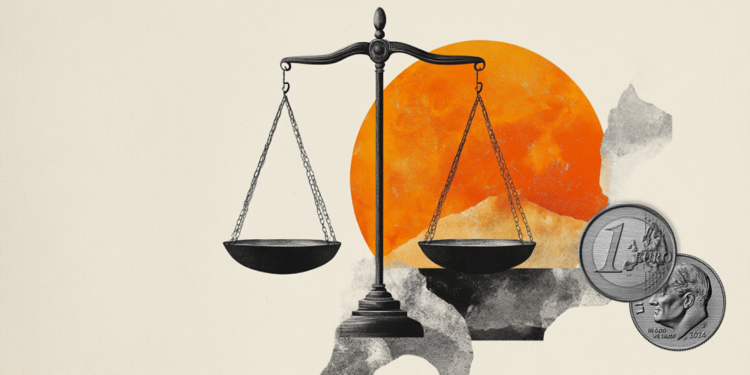James Van Der Beek sobbing. The guy who blinks in disbelief. That disturbing dancing baby. For these and millions of other GIFs, we have Stephen Wilhite to thank.
GIFs, those looping animated images, are a universal language – when words fail, a clip of a cool cat spinning beats on a turntable or Homer Simpson slowly backing up into a hedge should do the trick.
Wilhite may not have known this when he created the first GIF in 1987, but his moving memes would continue to dominate the internet from the days of Web 1.0 to today, and likely for years to come.
Wilhite, whose humble GIF changed the way we communicate online (and made it more fun), died on March 14. His wife, Kathaleen, told the CNN that Wilhite died of complications from Covid-19. A stroke he had a few years ago weakened his right lung, she said. He was 74 years old.
How Wilhite created the GIF
In the 1980s, Wilhite, then a developer at online service provider CompuServe, and his team were tasked with overcoming slow dialing speeds, incompatible computer systems, and images that were too large to send to another user efficiently, especially color images, of according to Smithsonian Magazine.
In 1987, Wilhite figured out how to compress images so they wouldn’t lose sharpness, load quickly, and could appear on any computer—and the Graphics Interchange Format, or GIF, was born.
The first GIF was of a clip art plane flying through a pixelated sky.
Initially, GIFs were still images. But Wilhite had the vision to make GIFs “extensible” so that web developers could add custom information to their own GIFs, Wired reported in 2017.
Animated GIFs became popular starting in 1995 – and from there, GIFs took on a life of their own.
When GIFs took over the internet
The first GIFs weren’t pretty, but that was part of their charm. Websites would use flashing “under construction” signs to alert visitors that their work was incomplete, Vox reported on the 30th anniversary of the GIF in 2017.
The aforementioned dancing baby, dressed only in a diaper but dancing anyway, was one of the first pieces of internet ephemera to go viral. Another dancing GIF, this time an excited banana, became ubiquitous in the early 2000s.
GIFs fell out of favor for a few years until social networks like MySpace allowed users to implement GIFs on all of their profiles.
Tumblr has made it easy to create and distribute specific GIFs, many of them moving screenshots of notable pop culture moments.
GIFs for just about every occasion are now easy to create or find with just a few clicks – Twitter lets users search for them when they’re composing a tweet, and sites like Giphy are living encyclopedias of every GIF the internet has ever used. .
Wilhite on how to pronounce “GIF”
Wilhite retired in 2001 after having a stroke the year before, the New York Times reported in 2013. He mostly enjoyed offline life, as detailed in previous reports, preferring to go camping and spending time outdoors with his family.
A true netizen, he avoided most interviews and public appearances until 2013, when he was honored with a lifetime achievement award at Webbys, awards given by the International Academy of Digital Arts and Sciences to people who have impacted the internet.
Instead of a speech, he accepted the award with a GIF, set to the soundtrack to Strauss’s “Also sprach Zarathustra”: “IT’S PRONOUNCED ‘JIF’ NOT ‘GIF’”.
* CNN’s Jennifer Henderson contributed to this report.
Source: CNN Brasil
I’m James Harper, a highly experienced and accomplished news writer for World Stock Market. I have been writing in the Politics section of the website for over five years, providing readers with up-to-date and insightful information about current events in politics. My work is widely read and respected by many industry professionals as well as laymen.







